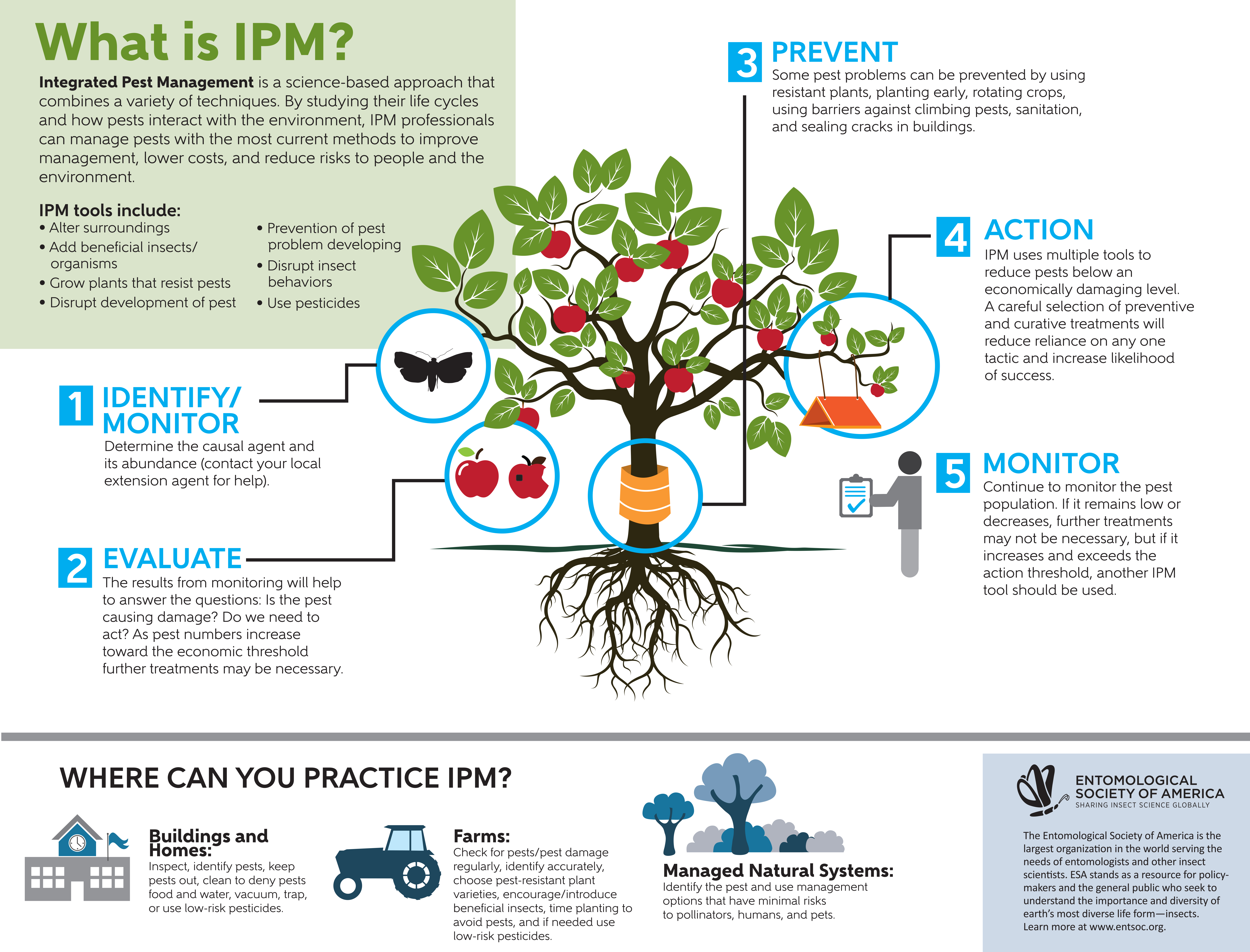Rodent-Proofing Your Attic: Essential Tips For Homeowners
Rodent-Proofing Your Attic: Essential Tips For Homeowners
Blog Article
Write-Up Produced By-Webster Hutchinson
Envision your attic as a comfy Airbnb for rats, with insulation as cosy as resort cushions and circuitry a lot more attracting than space service. Now, envision these unwanted visitors tossing a wild celebration in your house while you're away. As a house owner, ensuring your attic room is rodent-proof is not practically assurance; it has to do with securing your property and liked ones. So, what basic actions can you require to guard your refuge from these furry intruders?
Evaluate for Entry Things
To begin rodent-proofing your attic room, inspect for access factors. Beginning by very carefully analyzing the exterior of your home, searching for any type of openings that rodents can make use of to gain access to your attic room. Check for gaps around utility lines, vents, and pipes, in addition to any splits or holes in the structure or exterior siding. See to it to pay very close attention to areas where various structure products fulfill, as these prevail entry factors for rats.
Furthermore, evaluate the roofing for any damaged or missing out on roof shingles, in addition to any spaces around the sides where rats could squeeze with. Inside the attic, look for indications of existing rodent activity such as droppings, ate cords, or nesting materials. Make use of a flashlight to thoroughly check dark edges and covert areas.
Seal Cracks and Gaps
Evaluate your attic room completely for any cracks and gaps that require to be sealed to stop rodents from getting in. Rats can press via even the tiniest openings, so it's important to secure any type of possible entrance factors. Examine around pipelines, vents, wires, and where the wall surfaces satisfy the roofing. Utilize a mix of steel woollen and caulking to seal these openings successfully. Steel wool is a superb deterrent as rats can't chew with it. Make sure that all gaps are securely sealed to deny accessibility to unwanted insects.
Do not overlook professional mosquito control of sealing gaps around windows and doors also. Use weather condition removing or door moves to secure these locations properly. Inspect the areas where energy lines enter the attic and secure them off utilizing a suitable sealant. By making the effort to secure all fractures and gaps in your attic room, you develop an obstacle that rodents will discover challenging to violation. Prevention is type in rodent-proofing your attic room, so be thorough in your efforts to seal off any possible entrance factors.
Remove Food Resources
Take proactive steps to get rid of or save all potential food resources in your attic to prevent rats from infesting the space. Rodents are attracted to food, so removing their food resources is essential in maintaining them out of your attic.
Here's what you can do:
1. ** Store food safely **: Stay clear of leaving any kind of food things in the attic. Store all food in airtight containers made of metal or heavy-duty plastic to avoid rodents from accessing them.
2. ** Tidy up debris **: Remove any piles of debris, such as old papers, cardboard boxes, or wood scraps, that rodents can make use of as nesting material or food sources. Maintain visit the following webpage -free to make it much less appealing to rodents.
3. ** Dispose of garbage correctly **: If you utilize your attic room for storage and have rubbish or waste up there, make certain to dispose of it frequently and effectively. Decaying trash bin attract rats, so maintain the attic room clean and devoid of any kind of natural waste.
Conclusion
Finally, remember that an ounce of avoidance deserves an extra pound of treatment when it comes to rodent-proofing your attic.
By putting in the time to check for entry factors, seal fractures and voids, and remove food sources, you can keep undesirable bugs away.
Keep in mind, 'An ounce of prevention is worth an extra pound of cure' - Benjamin Franklin.
Keep proactive and protect your home from rodent invasions.
